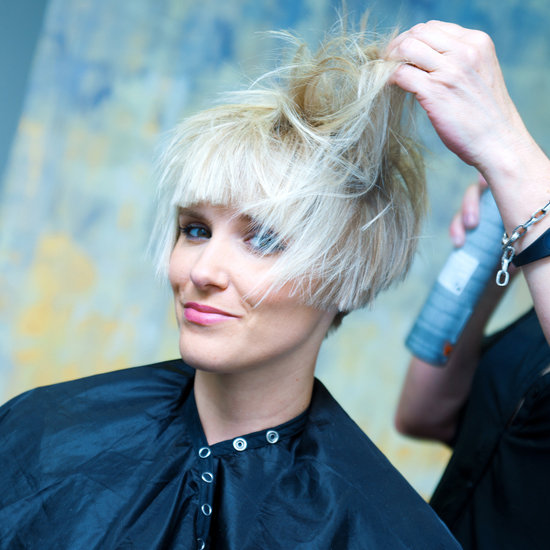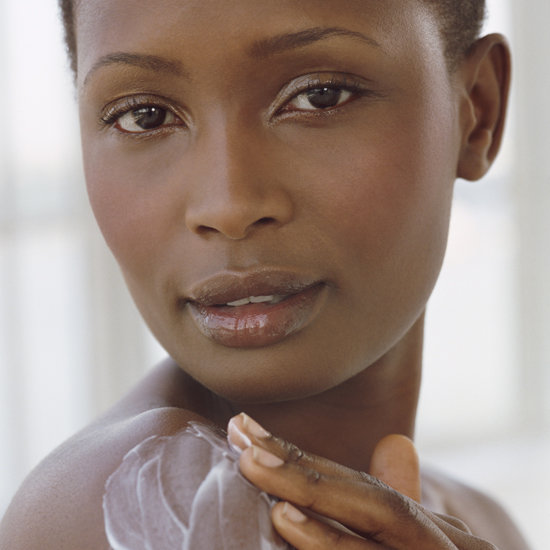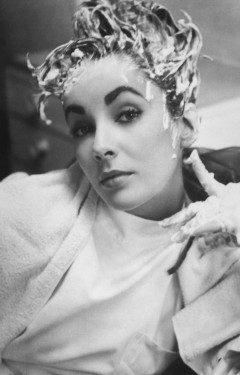Summer's freak rainstorms and high humidity bring more
bad hair days than not, but the culprit could likely be in the shower.
Shampooing seems like one of those no-brainer steps that we don't put much thought into (lather up, rinse, on our way), but it's actually fundamental in making your hair look and act like the best version of itself -- not to mention helping styling products work better. We've amassed four ways you might be washing your hair wrong.
Not getting hair wet enough. This is a big one. It's likely that you're rushing, even multitasking in the shower, so you won't be late to work, and immediately plop shampoo on top of your head the second you step in. But take a step back, hair should be soaking wet first. Think about it: the same way a dirty pot is easier to clean after a soak in warm water, your hair and scalp will be much more receptive to cleansing once every part is wet.
Shampooing the ends. Don't do this. Focus shampoo on the scalp where oil is produced. Refrain from reenacting your own personal
Herbal Essences commercial and lathering all your hair into a big soapy pouf. Then ends of your hair are the driest, and shampoo will only draw out more moisture. (The same rule applies to conditioner, but reversed: No need to apply to your roots, which will only make them greasy. Target the drier, more tangly ends.)
Washing too often or not enough. We read all the time that you should
space out washes as long as possible, but it's not a one-size-fits-all rule here. Some can go a week, while others need to wash everyday. Know your hair type and when it needs cleansing. Experiment by stretching out or increasing washes, and see how your hair responds.
Curly hair tends to be more dry and can go longer without washes, while straighter hair can look greasier sooner. Those who are more active and exercise regularly should find a formulation that gentle enough for everyday use. Also, if you have an aversion to fluffy, freshly-washed hair, spot treat areas of the scalp that tend to get oiler first -- particularly around the crown and the top of the head.
Letting residue build up. Dull, blah hair? Do you load in lots of stylers and
hairspray every day? After a while that product will start to build up and weigh hair down. Clarify once every few weeks to give your hair a fresh start (any more than that isn't necessary). You don't need to strip your hair to make sure it's squeaky-clean. Find a formula that will get rid of product, but won't dry out your hair's natural moisture. Hair that's entirely deplete of moisture will overcompensate by producing more oil.


